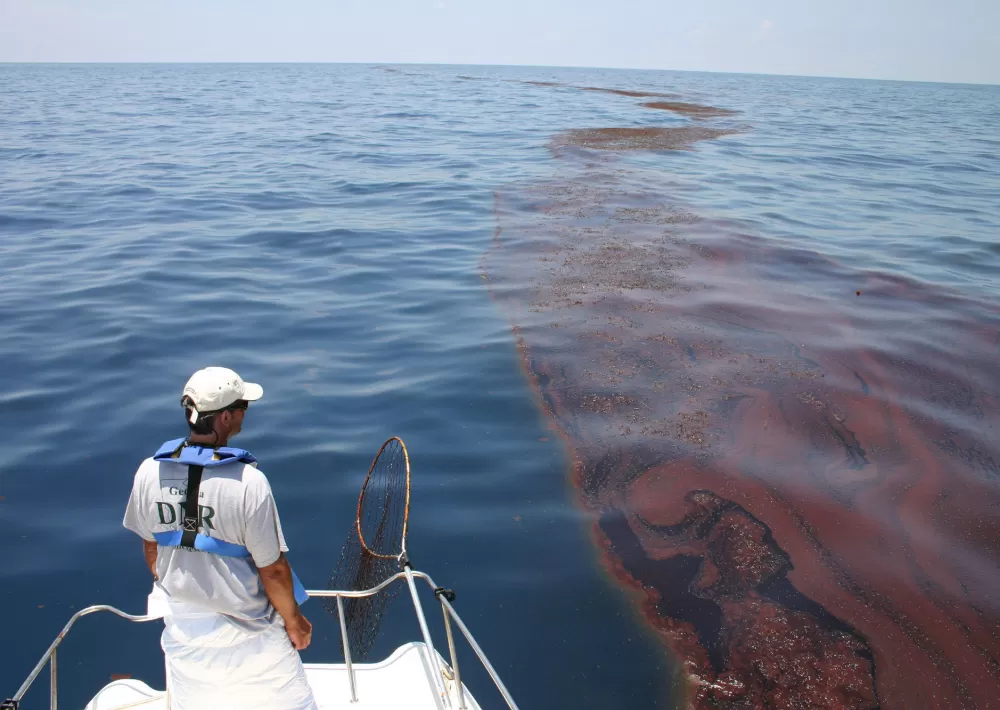CleanSeaNet detections can be caused by mineral oil but may also indicate other pollutants (e.g. sewage, garbage) or naturally occurring features (e.g. algae blooms, areas of upwelling, etc.). Additionally, not all oil spills detected by CleanSeaNet are illegal (e.g., discharges outside of special areas, with oil content less than 15 parts per million and located more than 50 nautical miles from shore).EMSA reported

In connection herewith it should also be mentioned that permitted discharges of oil with produced water from offshore oil & gas installations in certain weather conditions can give rise to accumulation of oil sheens at the sea surface. CleanSeaNet detections require further validation / confirmation by the Member States as part of their surveillance and enforcement activities.
CleanSeaNet services
A distributed network of CleanSeaNet services providers process and analyse images on a routine basis from ENVISAT, RADARSAT 1 and 2 and in future from the SENTINEL-1 satellite.
Service timeliness and quality control is an incentive to guarantee best service. CleanSeaNet has the capacity to acquire image segments from 200 km long up to 1400 km with a nominal “Near Real Time” performance of 30 minutes for a 400 km long acquisition.
Based on rules decided by the Member States, CleanSeaNet disseminates specific alerts to the national users; the alert level is defined for each spill by combining likelihood information, culprit information and impact information.
When a recent or ongoing spill is detected with a potential source connected to it or in its vicinity, the relevant authorities in are informed immediately. CleanSeaNet combines the oil spill detections with vessel information from SafeSeaNet and backtracking models from national and regional centers to help identify the source of pollution.
The CleanSeaNet Data Centre
The CleanSeaNet Data Centre (CSN-DC) is the core system to receive, manage, distribute and visualize the data products of the CleanSeaNet service: oil spill and vessel detection data, new satellite missions on an ad-hoc basis, Electronic Nautical Charts (ENC) and additional information layers – also provided by the user community.
The CSN-DC provides a single user interface (GIS viewer)
- for web based image planning and allocation by the Member States,
- for accessing images and the analysis results,
- for accessing the CleanSeaNet data base
- and for communication between users allowing the exchange of knowledge.
The CSN-DC allows flexible navigation between the products: it is possible to search not only for satellite images but also for potential oil spills and vessel detection results within a certain time interval and area of interest. Results of these queries are displayed both on the map and in tables with a direct interaction between both.















